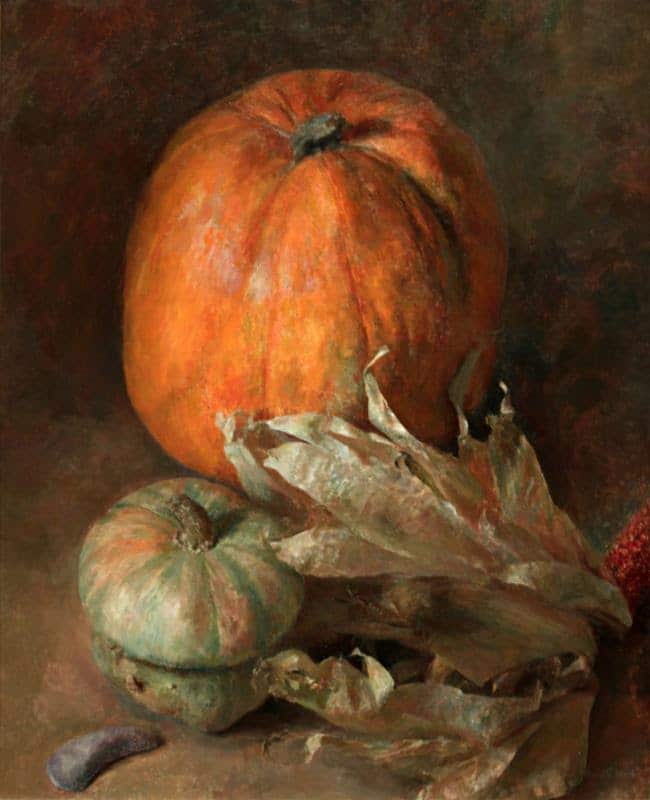
Co-organized by the Michener Art Museum and Roswell Museum and Art Center, an upcoming exhibition includes more than 100 works by Henriette Wyeth, Peter Hurd, and family members — including Andrew Wyeth, Henriette’s brother, and N.C. Wyeth, her father.
In Doylestown, Pennsylvania, the Michener Art Museum will soon be opening a robust exhibition featuring works by several members of the iconic Wyeth family and artist Peter Hurd. On view through May 6, “Magical & Real” includes more than 100 works and explores the work, marriage, and careers of two remarkable artists who contributed to the canon and dialogue of 20th-century American art: Henriette Wyeth and Peter Hurd.
“Very little attention has been given to N.C.’s role in shaping and guiding the artistic development and career of his daughters Henriette, Ann, and Carolyn,” said Kirsten M. Jensen, the Michener’s Gerry and Marguerite Lenfest chief curator. “‘Magical & Real’ is the first exhibition to explore the work and career of N.C.’s eldest child, Henriette, and N.C.’s student Peter Hurd, whom Henriette married in 1929. It’s also the first scholarly project to probe family archives to flesh out their relationships to other family members, particularly to N.C. and Andrew.

“This exhibition engages the tensions between eastern and western arts communities, tensions that permanently marked the lives and careers of Hurd and Wyeth. Henriette’s work changed substantially in both style and tone following their move to New Mexico. ‘Magical & Real’ will broaden the awareness of the entire scope of the couple’s work in the regions with which they are most closely associated.”
The museum added, “Henriette Wyeth (1907-1997) and Peter Hurd (1904-1984) were important contributors to the arts of both the Philadelphia region and the Southwest. Henriette studied with her father and at the Pennsylvania Academy of the Fine Arts, where she enrolled at the age of sixteen. She quickly earned critical recognition for her luminous and lyrical large-scale canvases of psychological presence and magic, and local recognition for her talent as a portraitist. But when she moved permanently to Roswell, New Mexico in 1940 (and her studio became Andrew’s), she was largely forgotten.
“Peter Hurd, a native of Roswell, became a pupil of N.C. Wyeth’s in 1924. While studying with N.C., he met Henriette. Hurd was a significant artistic influence in the development of N.C. and Andrew’s practice; he introduced them to tempera, which became Andrew’s medium of choice. Hurd painted a number of Pennsylvania landscapes, but it is the impressive vistas, stark rolling hills, and dramatic light of the Southwest for which he is best known.”
To learn more, visit the Michener Art Museum.
This article was featured in Fine Art Today, a weekly e-newsletter from Fine Art Connoisseur magazine. To start receiving Fine Art Today for free, click here.







